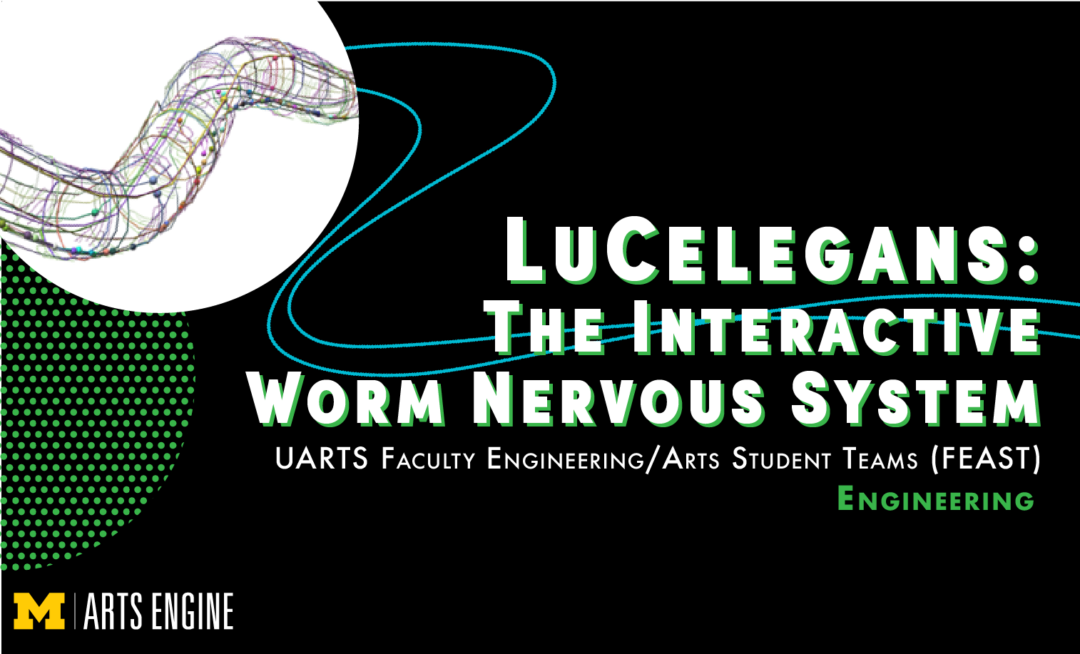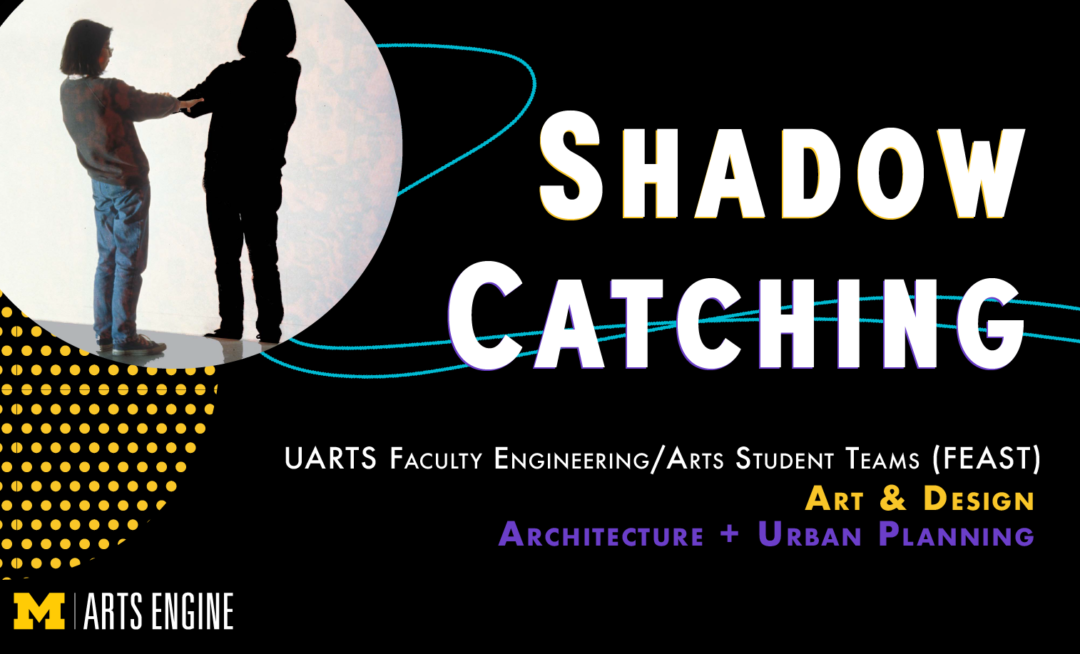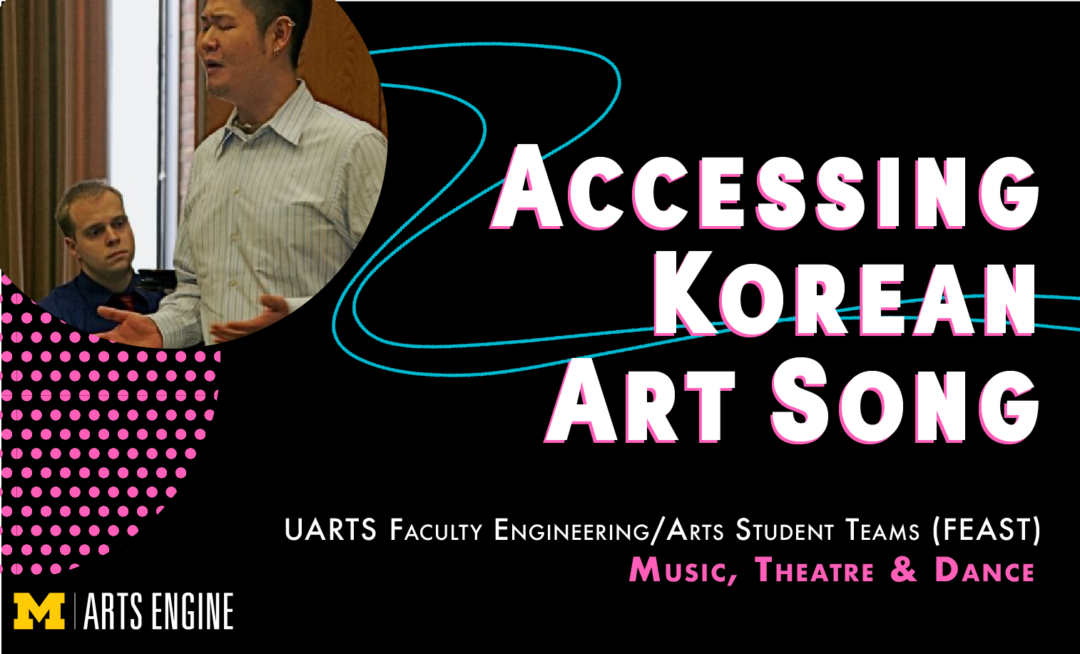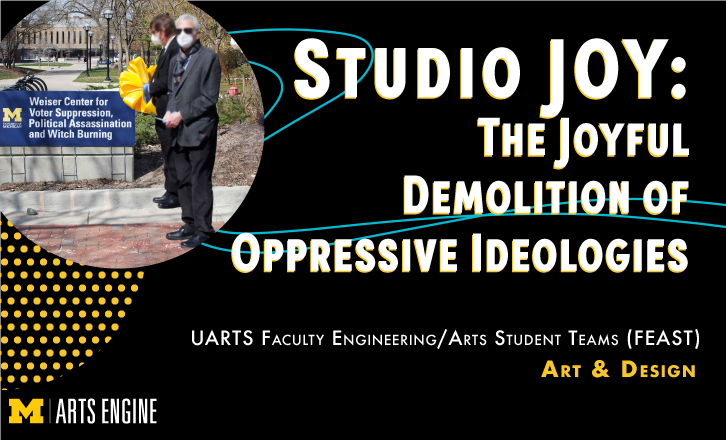UARTS FEAST
faculty engineering/arts student teams
No copies are known to exist of 1928 lost film THE BIG CITY, only still photographs, a cutting continuity, and a detailed scenario of the film. Using Unreal Engine, detailed 3D model renderings, and live performance, students will take users back in time into the fictional Harlem Black Bottom cabaret and clubs shown in the film.
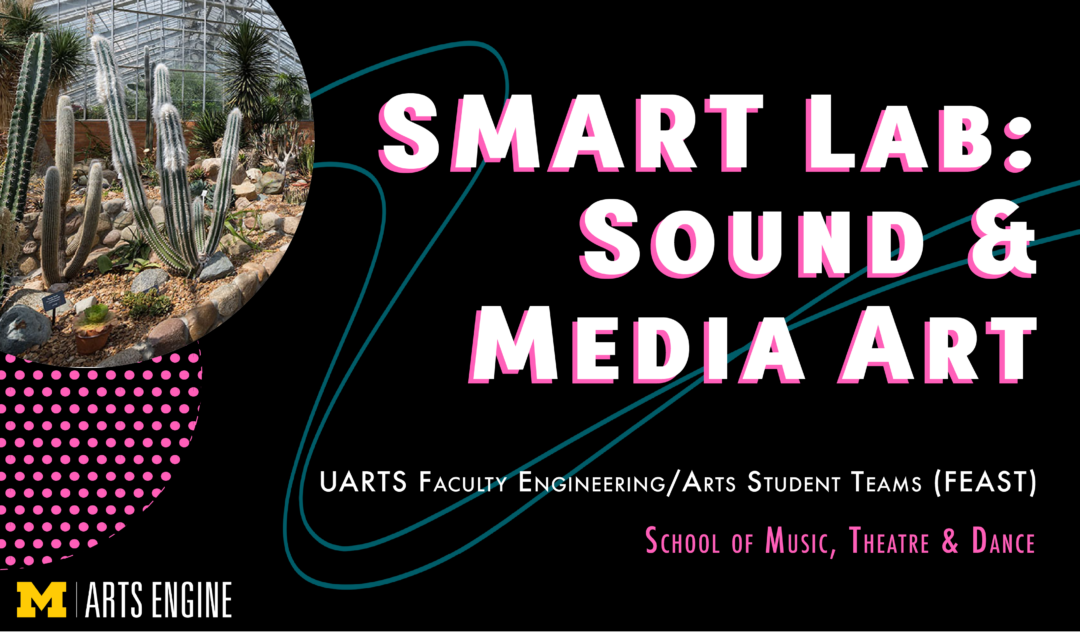
This project explores performance-oriented site-specific sound installation that combines elements of bio-inspired creativity and wearable interfaces for musical expression, aiming to create immersive and multi-sensory experiences that redefine the possibilities of artistic expression and transform our perception of space and sound.

This FEAST project aims to expand research and artistic practices to address myriad forms of oppression, such as racism/colorism, sexism, homophobia, xenophobia, and others. This project requires artistic, engineering, and technological skills needed to build props, installations, and performance spaces.
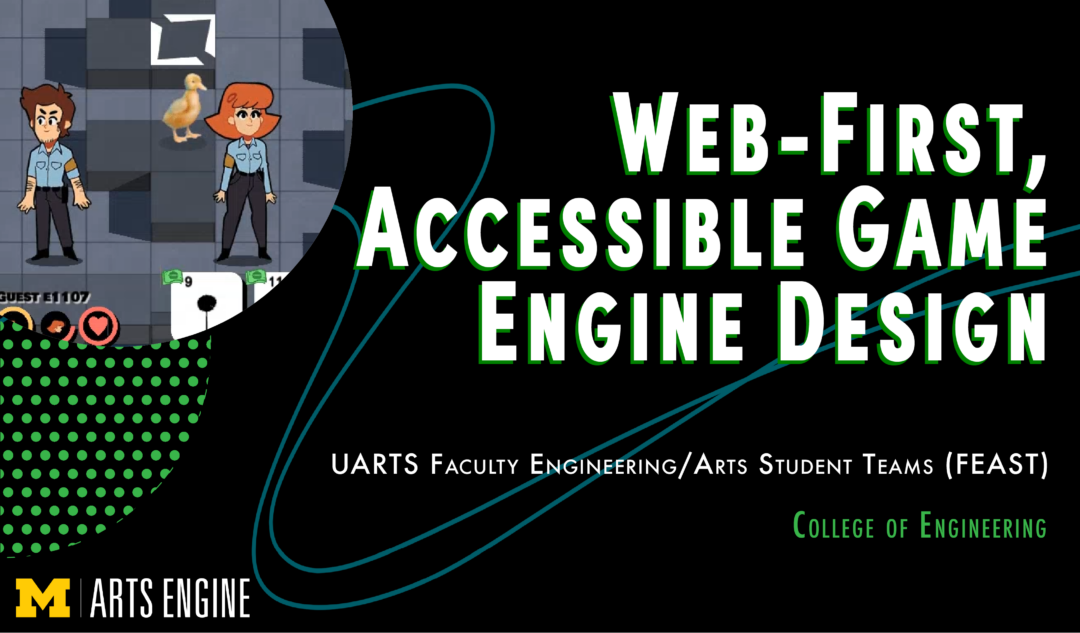
A genre-focused, web-first game engine with the accessibility of MIT Scratch and the professionalism / commercial flexibility of RPG Maker. This project will provide beginning game designers with a fast and effective means to prototype their RPG, RTS, and Tower Defense game ideas, while providing U-M students with “in-the-field” gamedev and webdev experience.
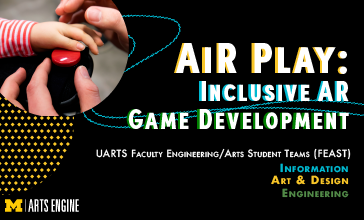
The goal of this project is to develop a new genre of inclusive augmented reality games and room-sized interactive systems that remove physical and social barriers to play. The project addresses the unmet need of players with different mobility abilities to play and exercise together in spaces such as school gymnasiums, community centers, and family entertainment centers.

This is a non-partisan initiative that uses art and design to expand access to student voting. You may have seen our voting installations on campus during the Fall 2022 midterm elections — one at UMMA and another at the Dude Gallery. Join us as we continue to explore the power of social, peer-to-peer experiences to educate and energize college-age voters!
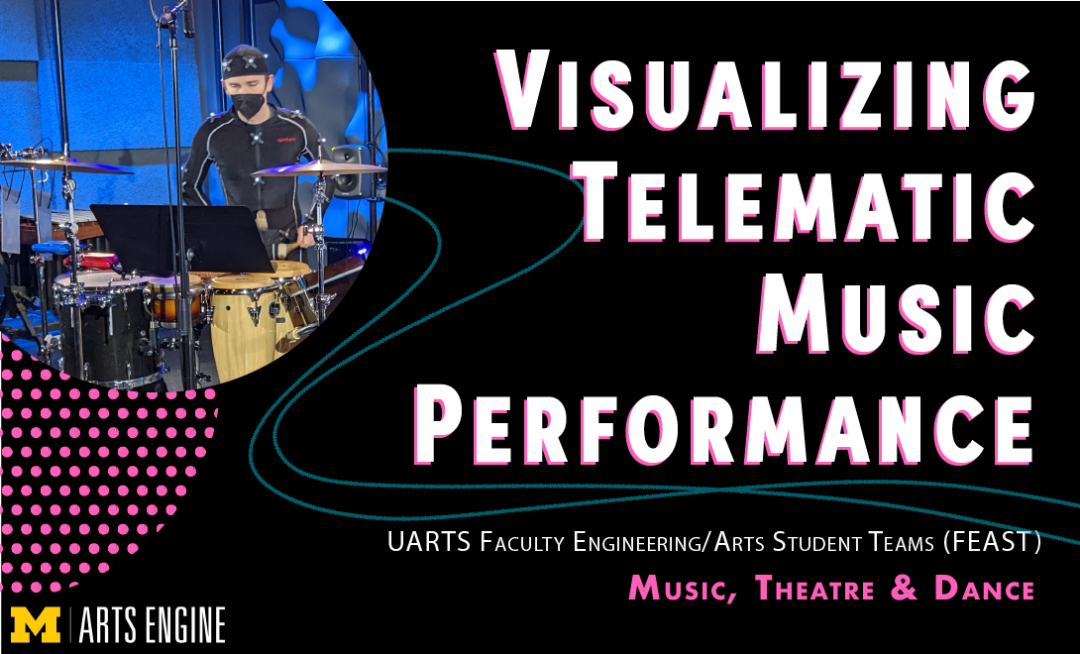
The goal of this project is to explore methods of incorporating visual communication of effort, gesture, and movement into telematic performance without video transmission. Practical experiments with different sensing techniques, including infrared motion capture, inertial measurement, electromyography, and force sensing will be coupled with novel digitally fabricated mechatronic displays.
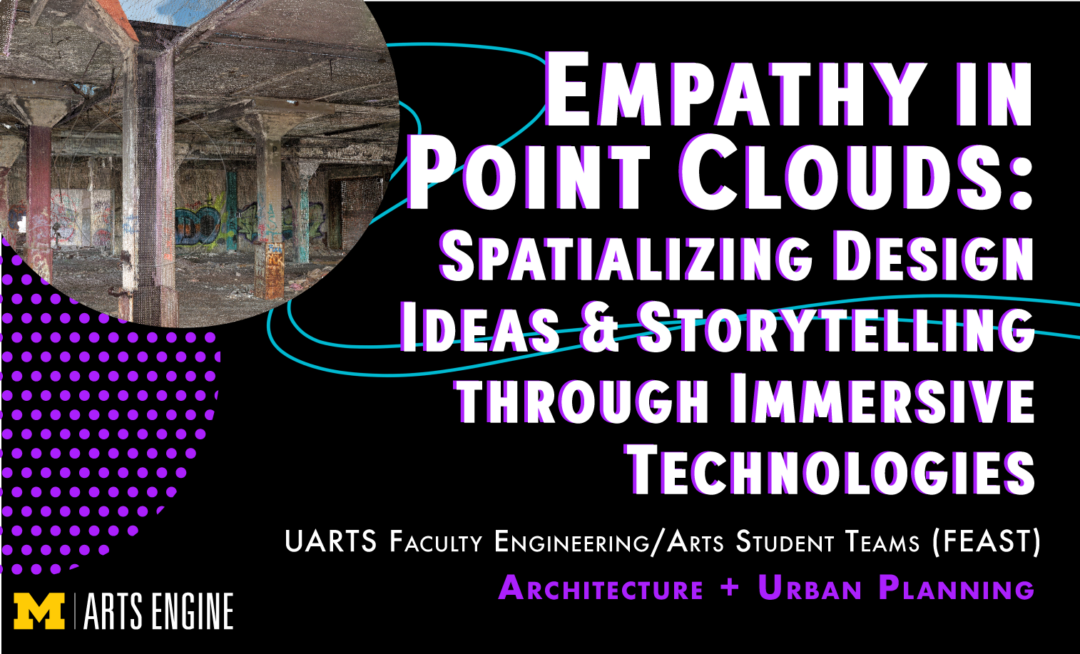
This team will enable the architecture student to translate and test spatial ideas in the design process through immersive technologies using point clouds generated from photogrammetry and LiDAR. In addition to scanning and photogrammetry, this team will test design methodologies (experimenting with VFX and VR), create templates for workflow documentation, and establish a database for site scans and student projects.

“22/26 Midwest” is a net-zero building concept for the US Midwest climate condition. The technology has the goal to reduce the green-house gas emission for building operation, to improve the comfort of the occupants and to reduce the construction cost. The UARTS Student Team will work on prototypes, programming and control technologies to develop the “22/26 Midwest” project.
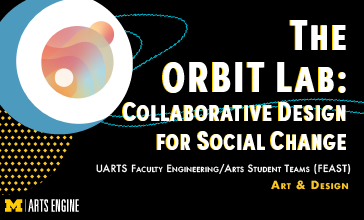
ORBIT stands for the Online Resource for Building Intercultural Teams—and it’s one of many projects underway in the ORBIT Lab! We’re also developing a tool for middle schoolers to team up on social justice issues, working on a book called Creative Resilience, and collaborating with faculty in pharmacy and cardiology on an interactive dashboard to help providers better care for heart failure patients.

